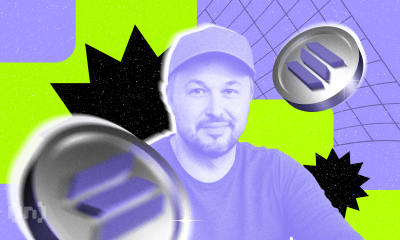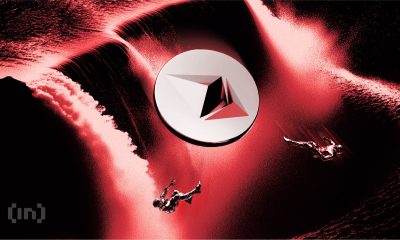Market
VP Matt Sorg on How Solana’s Scaling and Transaction Issues

As the blockchain ecosystem expands, Solana aims to stay ahead of increasing demand through technical innovation and proactive problem-solving. Solana’s ability to handle more transactions than all other blockchains combined demonstrates its live operational capabilities. However, with growth comes the inevitable need to continually enhance infrastructure.
In a recent exclusive interview with BeInCrypto, Matt Sorg, the Vice President of Technology at Solana Foundation, discussed a range of topics — from Solana’s technical challenges and its efforts to tackle transaction congestion to maintaining decentralization and network security.
What makes Solana an attractive ecosystem for startups and developers?
Solana is representative of an ecosystem with which to collaborate with your application. Both of those things are pretty attractive for a startup.
You do not have to carve out a whole new ecosystem and make sure there are wallets and on- or off-ramps and USDC and USDT. You don’t have to worry about that. That is all there for you on Solana.
So, it’s really important for a startup to focus on its core competency. You’re not having to reinvent the wheel.
Developing on Solana really kickstarts people from that, and they don’t have to think about it. I think that’s part of the reason why the Solana applications have been relatively successful. The applications can concentrate on the unique thing they’re delivering to the world, not the infrastructure.
What do you see as the key technical challenges developers face when trying to enter the Solana ecosystem?
First off, it’s kind of like the same thing with focus. I think there are so many chains and infrastructure out there.
There’s this joke that there are more chains than apps, which I think is actually kind of true right now. There’s just an enormous amount of different chains and L2s and whatever pops up. So, I think that lack of clarity can make it hard for a founder to know where to shift to.
Solana is like a very low-friction, high-performance chain, but everybody promises that. The thing that we have is that we show it live. It’s not just like a promise of that.
Solana does more transactions per day than all the blockchains combined. That both means a supply and demand thing. Both chains are capable of doing it live and at very low fees.

Solana is known for its high throughput and low latency. What challenges arise when trying to maintain these performance levels as the network scales?
We have really pushed the needle on this. You can see we’re pushing it so hard that, as a lot of people saw in the early days, there were some outages.
The severity and duration of those are overblown, but any outage is not great. That has definitely improved over time. Part of it is just if you’re going to try to stretch the limits.
A lot of the other chains are single sequencers, very, very by design. They have low throughput and less room for error. There are fewer things that can trigger things. It’s just less complex.
But you’re only going to do 17 TPS if you lock yourself into that kind of thing. There’s no other EVM chain that really does more than 100, whereas Solana has, in live environments, done over 8,000. And that’s just from applications, not including votes.
Can you explain how Solana proactively addresses bottlenecks as demand continues to increase?
Every single time you 10x, you run into a new 10x demand and a new infrastructure challenge. It’s just the way things work generally.
One of our challenges is when that happens, it’s usually just some engineering concern. The most recent one that happened in April was some consistent congestion. It was hard to land transactions and stuff.
And there was all this FUD about failing transactions and all this noise. Failing transactions aren’t a big deal. The issue was actually earlier in the stack.
It was the Web2 components of the stack, the way that we implemented QUIC. It was using a library called Quinn, which is an open-source library from Google. We just had to rewrite it.
Are there any tools or SDKs within Solana’s ecosystem that developers should be excited about?
There’s a lot. There’s actually a very robust ecosystem. First, the chain itself has some properties that are basically SDKs to mint NFTs or mint tokens. You can use SPL tokens, Metaplex NFTs, or a variety of both of those things to mint them.
As a developer, you’re using already on-chain code that’s already audited. All I’m doing is submitting my configuration, which can be JavaScript, a game engine, Python, or Rust.
But it’s just normal front-end stuff. You don’t have to get re-audited in order to do that. If you want custom on-chain code, then yes, you need to do SVM, Rust, and on-chain stuff, but a lot of collaborative apps are out there that you don’t need to do that kind of thing.
Solana recently made headlines due to the rise of meme coins on the network. How does the Foundation view this surge in interest?
It’s a wild ecosystem. Legitimately, two of the founders of Solana will say anything on Twitter, and there’s just a meme coin of it, like five seconds later or usually multiple meme coins that are making fun of whatever they said.
I would say you can map it pretty closely to a lottery or casino. These are zero-sum games. You have people competing with each other at the end of the day. You don’t need infrastructure or development underneath it—just the narrative because that’s what you’re trading on with L2s.
I think part of why many L2s and L1s have struggled is because if they don’t have users yet, why not just trade the meme coins? If all you’re trading on is narrative, just go straight to the most liquid memes.
Cross-chain interoperability is becoming increasingly important. Does Solana have plans to enhance its interoperability with other chains?
Solana itself is very composable. All the transactions are composed of multiple instructions. Those instructions can be across a variety of smart contracts or what we call programs. Part of the reason Solana is so great is like Jupiter; for example, whenever it does a swap, it interacts with any number of DEXs to find you the best prices across a variety of them.
Solana is very composable and atomic, meaning all transactions happen or none do. So, it’s a very good user experience. Like I want to do something, oh, it’s going to happen, or it’s not, which, by the way, gets back into what I was mentioning earlier.
That’s where failed transactions come from. Sometimes, one of the conditions of the trade isn’t met, so it fails, and that should fail. If that condition isn’t met, it’s like something that you have defined for it.
It’s not the chain itself that is processing that failed transaction perfectly fine. It’s just that the condition wasn’t met. And that’s the first thing: Solana is already, at its core, all about composability.
The extra things that we’re concentrating on are bridges. The idea that we’ve talked about a couple of times now is that Solana has this low friction, and that’s where finance will go. So, being as connected to as many places that issue assets as possible is really important.
This isn’t us trying to replace any other chain or whatever, but if valuable assets are on some other chain and they want to interface with the liquidity and functionality of Solana, we want to make that as easy as possible to lower the friction so it flows to Solana, where there’s other liquidity and other functionality. So yeah, tons of bridges are coming out.
This is called intents, which are basically cross-chain, implicitly defined things that you want. Usually, there’s a bunch of fancy technologies underneath, like ZK, to prove that the intent was fulfilled. We’re working with some of the intent providers that are doing that.
As Solana validators continue to expand, what measures are in place to optimize decentralization and network security?
First, I want to make sure that it’s clear that the Solana validators are permissionless. They can enter and exit just as they please, and the protocol just adjusts. This is very different from many L2s and other L1s.
Ethereum is also permissionless, but even that requires 32 Ethereum to be minimal. Solana’s minimum is one. To be profitable, you need a lot more than that, but it is a permissionless protocol.
For security, there are a lot of developments. The most notable one that you’ll hear more about in the coming weeks is Firedancer, the second validator client on Solana, which gives validators more options on which client they want to run and also offers some redundancies. So if there’s ever a fault in one, the validators can hot-swap to the other. It’s a pretty powerful paradigm in terms of resiliency.
What is Solana’s long-term vision for decentralization and scalability?
The goal of Solana is to be this global synchronization of any data. Obviously, if you care about global synchronization, it probably had some value — financial data for sure, as well as DePIN data.
We’re less opinionated on exactly how it’s used. It’s a permissionless chain that we want to be able to facilitate finance and businesses. No animosity at all; we just want businesses to be set up for success.
Disclaimer
In compliance with the Trust Project guidelines, this opinion article presents the author’s perspective and may not necessarily reflect the views of BeInCrypto. BeInCrypto remains committed to transparent reporting and upholding the highest standards of journalism. Readers are advised to verify information independently and consult with a professional before making decisions based on this content. Please note that our Terms and Conditions, Privacy Policy, and Disclaimers have been updated.
Market
Ethereum Drops As Two Whales Face $235 Million Liquidation Risk

Ethereum (ETH) is under pressure once again, dropping around 3% in the last 24 hours and falling below the $1,800 level. This decline is putting several large leveraged positions at risk, including two massive whale vaults on Maker that collectively hold over $235 million worth of ETH.
With on-chain indicators flashing warning signs and technical levels being tested, the stakes are rising for both bulls and bears. As ETH hovers near critical support, the coming days could prove pivotal for its short-term price trajectory.
Ethereum Whales Could Get Liquidated
Ethereum has dropped around 3% in the past 24 hours, slipping below the $1,900 mark once again. This decline is putting pressure on large leveraged positions within the DeFi ecosystem.
According to on-chain data from Lookonchain, two major whale vaults on Maker—one of the leading decentralized lending protocols—are now approaching critical levels.

Together, these vaults hold 125,603 ETH, valued at approximately $235 million. With ETH’s price nearing their liquidation thresholds, both vaults are at risk of being forcibly closed if the downward trend continues.
In Maker’s system, users can deposit ETH into vaults as collateral to borrow the DAI stablecoin. To avoid liquidation, the collateral must stay above a certain health ratio—essentially a safety buffer.

When that buffer gets too low, the protocol automatically sells off the collateral to cover the debt. In this case, the health ratio of the whale positions has fallen to just 1.07, dangerously close to the minimum threshold.
One vault faces liquidation at an ETH price of $1,805, and the other at $1,787. If ETH continues to dip, these vaults could trigger significant sell pressure, potentially accelerating the downward move.
Indicators Suggest The Downtrend Could Continue
Ethereum’s recent price drop has pushed its Relative Strength Index (RSI) back into oversold territory, currently sitting at 24.37. Just three days ago, the RSI was at 58.92, indicating how quickly sentiment has shifted.
The RSI is a momentum indicator that measures the speed and change of price movements, with readings below 30 typically signaling that an asset is oversold.

While this suggests that Ethereum may be due for a short-term bounce or relief rally, historical data shows that RSI can remain oversold for extended periods—or even drop further—if bearish momentum stays strong.
Ethereum’s Directional Movement Index (DMI), which signals a strong downtrend, adds to the bearish outlook. The Average Directional Index (ADX), which measures the strength of a trend, surged to 38.6 from 23.47 just a day ago, indicating growing momentum behind the current move.

Meanwhile, the +DI (positive directional indicator) has fallen to 10.6, while the -DI (negative directional indicator) has spiked to 40.23, showing that sellers are firmly in control.
This combination—rising ADX, high -DI, and falling +DI—typically suggests an intensifying bearish trend, meaning Ethereum’s price could remain under pressure in the near term despite already being technically oversold.
Will Ethereum Fall Below $1,800 Soon?
If Ethereum’s downtrend continues, the next key level to watch is the support at $1,823. A break below this level could quickly push the price down toward $1,759—a move that would trigger the liquidation of two major whale vaults on Maker, which are already hovering near their thresholds.
These potential liquidations could amplify sell pressure, making it even harder for Ethereum price to stabilize in the short term. Given the current bearish momentum and weak technical indicators, this scenario remains a real risk if bulls fail to step in.
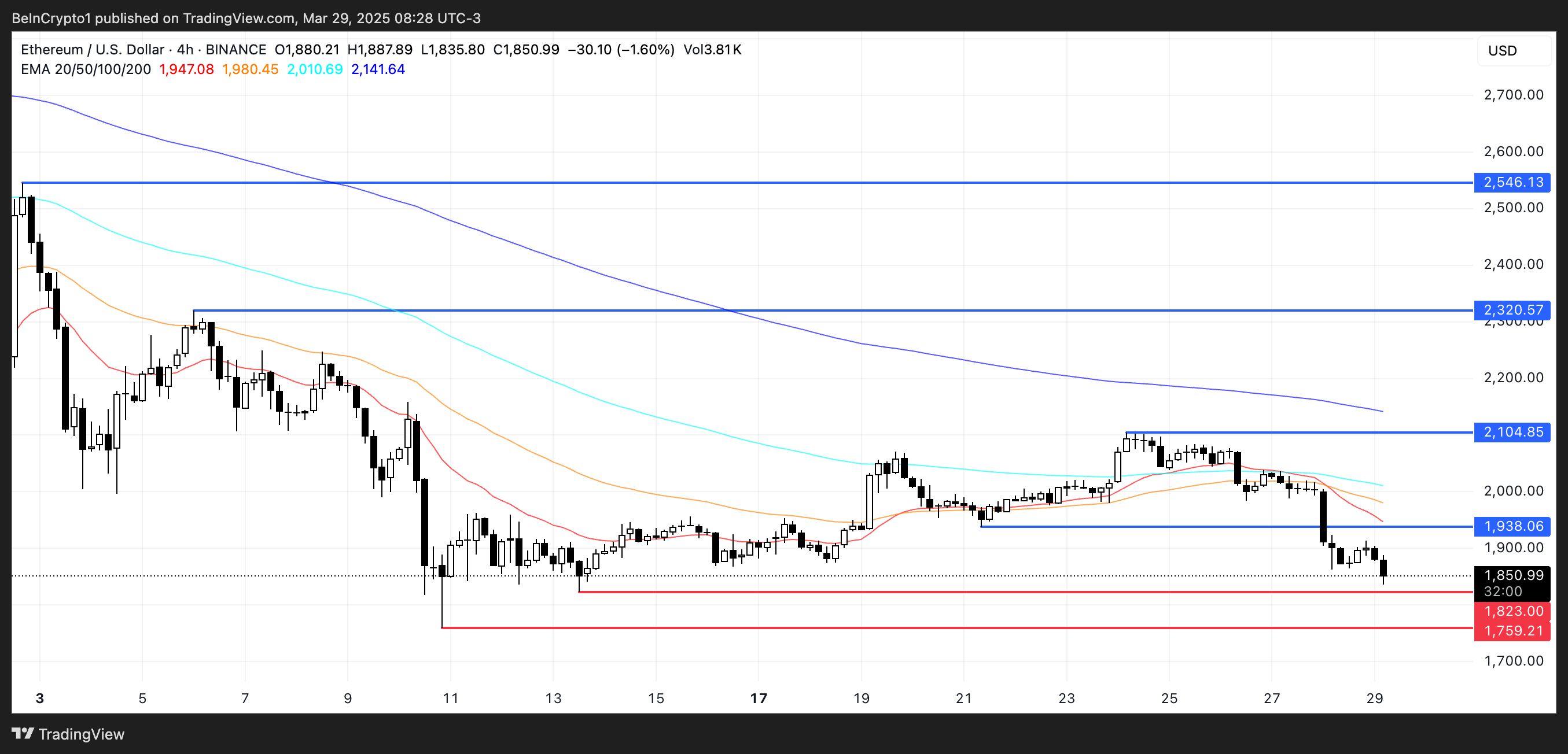
However, if sentiment shifts and the trend reverses, Ethereum could regain ground and test the resistance level at $1,938.
Breaking above that could open the path toward $2,104, a level that has previously acted as both resistance and support. Should buying momentum strengthen further, ETH might continue climbing toward $2,320 and potentially even $2,546.
Disclaimer
In line with the Trust Project guidelines, this price analysis article is for informational purposes only and should not be considered financial or investment advice. BeInCrypto is committed to accurate, unbiased reporting, but market conditions are subject to change without notice. Always conduct your own research and consult with a professional before making any financial decisions. Please note that our Terms and Conditions, Privacy Policy, and Disclaimers have been updated.
Market
Dark Web Criminals Are Selling Binance and Gemini User Data

More than 100,000 users of popular crypto exchanges Binance and Gemini may be at risk after a trove of sensitive information appeared for sale on the dark web.
The leaked data reportedly includes full names, email addresses, phone numbers, and location details—raising alarms over growing cyber threats in the crypto sector.
Dark Web Actors Are Targeting Crypto Users
On March 27, a dark web user operating under the alias AKM69 listed a large database allegedly tied to Gemini, one of the largest crypto trading platforms in the US.
According to Dark Web Informer, the dataset mainly includes information about users from the United States, with a few entries from Singapore and the United Kingdom. The attacker claims the data could be used for marketing, fraud, or crypto recovery scams.
“The database for sale reportedly includes 100,000 records, each containing full names, emails, phone numbers, and location data of individuals from the United States and a few entries from Singapore and the UK,” the report stated.
It is unclear whether the leak resulted from a direct breach of Gemini’s systems or from other vulnerabilities, such as compromised user accounts or phishing campaigns.
Meanwhile, this incident followed another alarming listing on March 26.
According to the report, a separate dark web actor, kiki88888, allegedly offered a trove of Binance user data for sale. The database is said to hold over 132,000 entries, including the exchange users’ login information.

The Dark Web Informer suggests phishing attacks likely caused the breach rather than a compromise of the exchange’s systems.
“Some of you really need to stop clicking random stuff,” the Informer stated.
Binance and Gemini have yet to publicly comment on these incidents. However, phishing remains one of the most effective methods cybercriminals use to exploit crypto holders.
Scammers often impersonate official accounts or place misleading ads that redirect users to fake websites. Coinbase users are also being extensively targeted through phishing campaigns.
As BeInCrypto reported earlier, in March, Coinbase users lost over $46 million to social engineering scams.
Blockchain security firm Scam Sniffer revealed that phishing-related losses exceeded $15 million in the first two months of the year. This figure highlights the growing scale of the threat.
Given the rising threats, crypto users should stay vigilant and avoid unfamiliar links. They should also protect their accounts with two-factor authentication and hardware wallets whenever possible.
Disclaimer
In adherence to the Trust Project guidelines, BeInCrypto is committed to unbiased, transparent reporting. This news article aims to provide accurate, timely information. However, readers are advised to verify facts independently and consult with a professional before making any decisions based on this content. Please note that our Terms and Conditions, Privacy Policy, and Disclaimers have been updated.
Market
South Carolina Could Spend 10% of Funds on Bitcoin Reserve

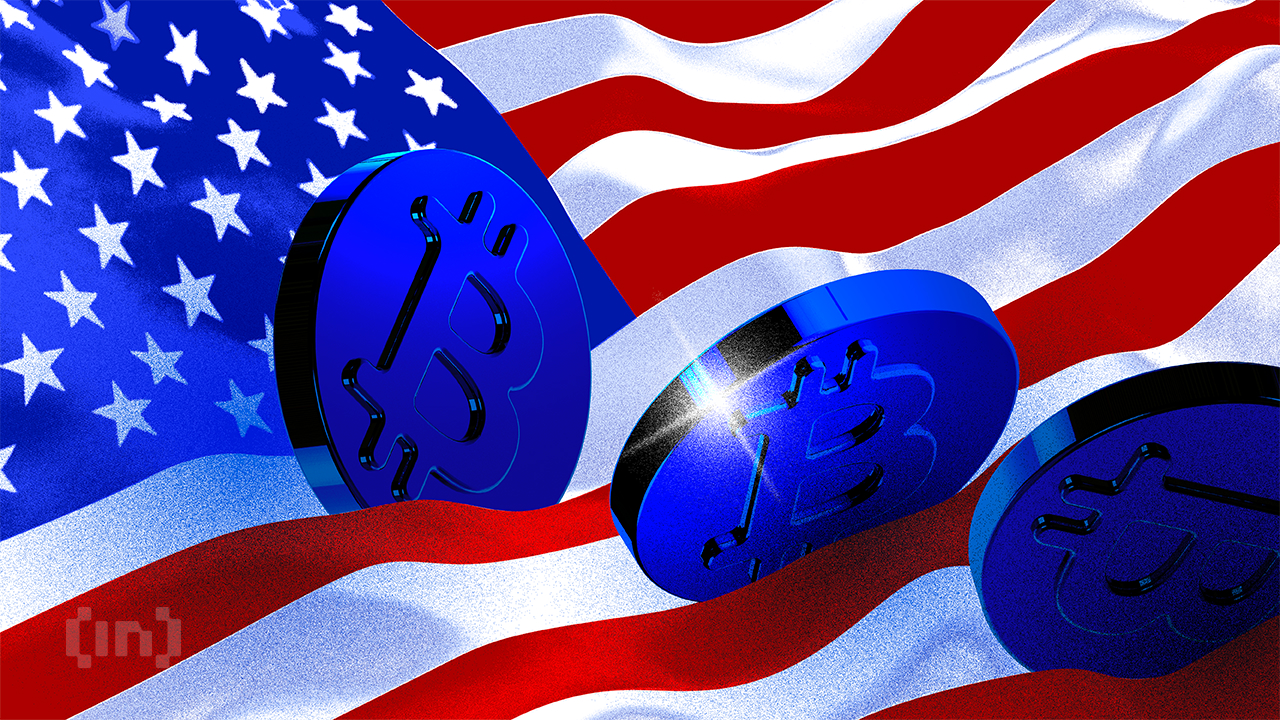
Representative Jordan Pace introduced legislation to create a Bitcoin Reserve for South Carolina, joining a nationwide effort. Currently, nearly half of all US states have an active bill to create a similar Reserve.
However, the talking point that this bill “allows 10% of state funds” in Bitcoin investments is taking off like wildfire. It may scare off fiscal conservatives, which contributed to recent failures.
South Carolina Joins the Bitcoin Reserve Race
Since President Trump announced his intention to create a US Bitcoin Reserve, many state governments have attempted to create smaller models.
In the last month, these efforts have been intensifying, with more and more states joining the effort. Today, South Carolina filed its own Bitcoin Reserve bill, allowing the state to make substantial purchases:
“The State Treasurer may invest in digital assets including, but not limited to, Bitcoin with money that is unexpended, unencumbered, or uncommitted. The amount of money that the State Treasurer may invest in digital assets from a fund specified in this section may not exceed ten precent of the total funds under management,” it reads.
State Representative Jordan Pace proposed South Carolina’s Bitcoin Reserve legislation. He claimed that this bill “gives the Treasurer new tools to protect taxpayer dollars from inflation,” one of crypto’s most well-known use cases. Pace is currently the bill’s only sponsor, and it’s unclear what chances it has of passing.
Still, there may be challenges ahead. Similar proposals in other Republican-led states—like Montana and Wyoming—have already failed. This was largely due to concerns over using public funds to buy cryptocurrency.
Even though Trump backs the idea on a national level, not all GOP lawmakers are convinced at the state level.
That said, there are some signs of progress elsewhere. For example, Texas has advanced its Bitcoin Reserve bill, achieving bipartisan support. A key reason for its success is that the bill doesn’t require the state to make crypto purchases; it simply allows them at the Treasurer’s discretion.
Likewise, South Carolina’s bill wouldn’t force the state to invest 10% of its funds into Bitcoin. It just opens the door for that possibility, giving the state financial flexibility rather than a mandate.
Disclaimer
In adherence to the Trust Project guidelines, BeInCrypto is committed to unbiased, transparent reporting. This news article aims to provide accurate, timely information. However, readers are advised to verify facts independently and consult with a professional before making any decisions based on this content. Please note that our Terms and Conditions, Privacy Policy, and Disclaimers have been updated.
-

 Regulation20 hours ago
Regulation20 hours agoFDIC Revises Crypto Guidelines Allowing Banks To Enter Digital Assets
-
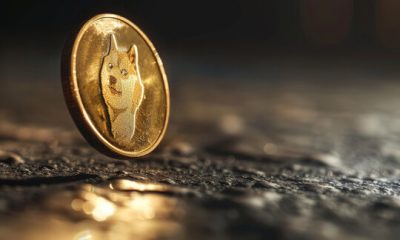
 Altcoin24 hours ago
Altcoin24 hours agoDogecoin Price Set To Reach $1 As Once In A Year Buy Opportunity Returns
-

 Regulation23 hours ago
Regulation23 hours agoAVAX Price Eyes Rally To $44 As Grayscale Files For Avalanche ETF
-
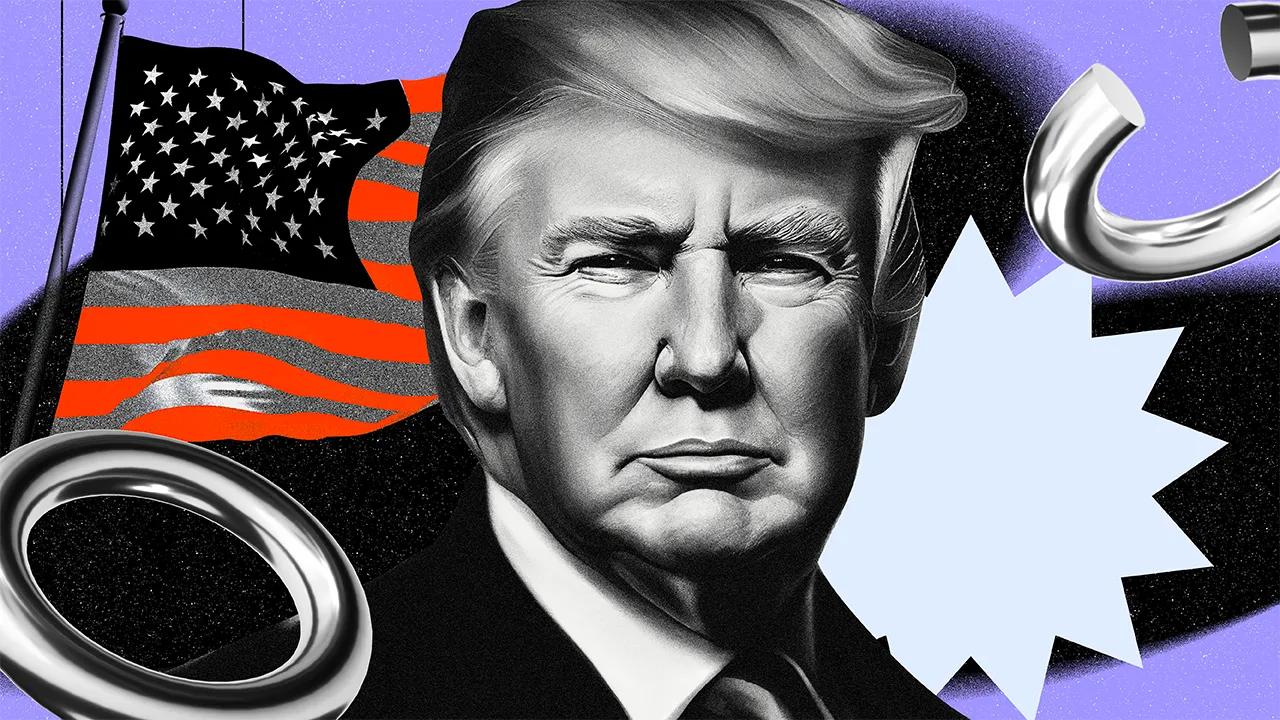
 Market23 hours ago
Market23 hours agoA Threat to Crypto’s Decentralized Future?
-

 Altcoin23 hours ago
Altcoin23 hours agoTRUMP Crypto Whale Incurs Massive $15M Loss Amid Price Slump, Here’s How
-

 Market22 hours ago
Market22 hours agoPopular Analyst Peter Brandt Identifies XRP Head & Shoulder Pattern, Reveals Path To Take
-

 Market21 hours ago
Market21 hours agoWhat to Expect from XRP Price in April 2025
-
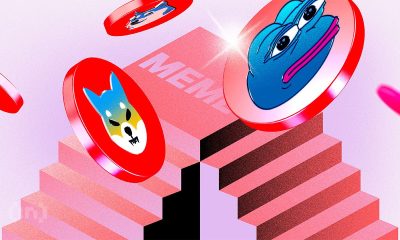
 Market16 hours ago
Market16 hours agoWhy Did MUBARAK Drop 40% Despite Binance Listing?


